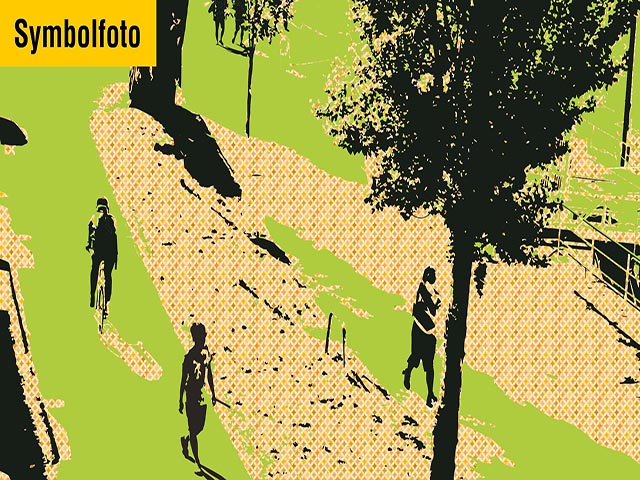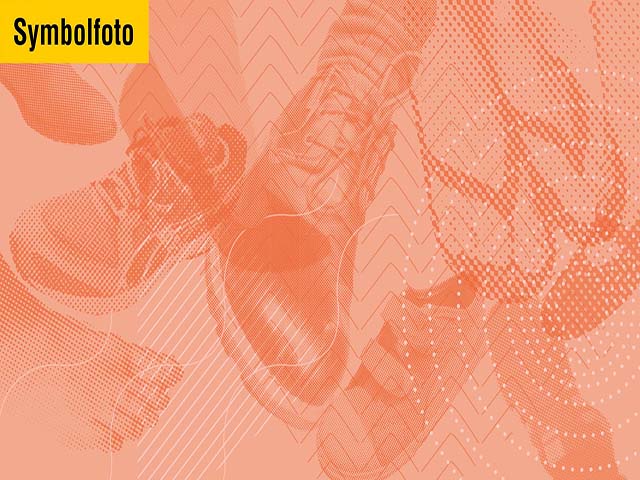
Active Transport Futures (atfutures.github.io)
Ziele/Ideen
There is an urgent need for all cities to encourage "modal shifts" from automotive to active transport. Active transport brings the dual benefit of not contributing to environmental pollution (and even reducing this where it reflects a concious decision against automotive transport), and enhancing individual health. Encouraging active transport requires understanding where, when, how, and why people travel, and that in turn requires data. There are many organizations aiming to encourage, facilitate, or plan active transport, yet the majority of these operate in a very data-intensive way appropriate to data-rich cities of the global north. Many cities outside the remit of such organizations do not possess the kinds or amounts of data typically needed for such planning. The tools we are developing can be applied anywhere regardless of local data availability. We provide solutions even for cities which have no local data of their own, and use those solutions to guide and inform subsequent collection of data to optimally improve the accuracy of decisions informed by our tools. Importantly, we also eschew one-sizes-fits-all solutions, instead developing suites of tools to best reflect and realize local desires and cultural differences.
Kurzbeschreibung
Colleagues from the University of Leeds, U.K., and myself and working in collaboration with the World Health Organization to develop tools to enable cities (primarily of the non-global north) to reach informed decisions on on where, when, and how to optimally design and implement transport infrastructure to best encourage walking and cycling. We are currently developing prototype tools for Accra, Ghana, and Kathmandu, Nepal, which will enable these cities to plan for futures in which automotive transport plays a decreasing role in favour of active transport. Motorized public transport also plays a vital role in encouraging active transport, and our tools improve the ability to plan cities in which increasing numbers of people choose to walk or cycle to sites of public transport infrastructure. Our tools aid decisions both on locations and types of infrastructure, as well as how to encourage more people to engage with existing active transport infrastructure.
Resultate
In our work for the World Health Organization, we are developing prototype Active Transport Toolboxes for Accra, Ghana, and Kathmandu, Nepal. These toolboxes currently rely entirely on global-scale data, and generate a number of "flow layers" representing densities of active transport throughout the street networks undertaken for particular purposes (generally movement from or to residential locations undertaken for purposes of employment, education, shopping, or recreation, including movement to or from public transport systems which in these two cities means buses). These flow layers can also be disaggregated by demographic groups, enabling distinct layers to be analysed for males and females, or for any desired age group. Our current contract with the World Health Organization will result in static snapshots of current active travel patterns in these two cities, and conversion of these into health and economic terms. This extends from a study we previously completed, and which described the general transport cultures of these two cities, along with surveys of local data availability. All analyses and associated code for this report can be viewed at https://github.com/ATFutures/who, with the final report accessible from the first link of that page.
The present phase is due to be completed by August 2018, following which we will progress to the third phase of extending the static snapshots provided by the current phase to enable dynamic analyses of changes in active transport behaviour. These analyses will be informed through comparison to data on responses to the construction of active transport infrastructure which come primarily from Great Britain. These insights into behavioural responses will be used to inform our prototypes for Accra and Kathmandu. Once those cities begin to implement their Active Transport Futures, data collated from monitoring responses will be able to be immediately incorporated not just in those locally-tailored toolboxes, but in a global understanding of cultural differences in responses to transport infrastructure.
The beneficiaries of an Active Transport Toolbox are in the first instance the individual cities, yet as the project progresses, we will be able to incorporate monitoring data from these cities, and to use this to provide increasingly accurate estimates of likely or plausible differences in response in any other cities. This will ultimately translate to the development of a global-scale network of data exchange whereby the experiences of each city feed back into and support the development of Active Transport Futures in every other city for which a toolbox is developed.
Partner
Universitaet Salzburg: Projekt Leiter



